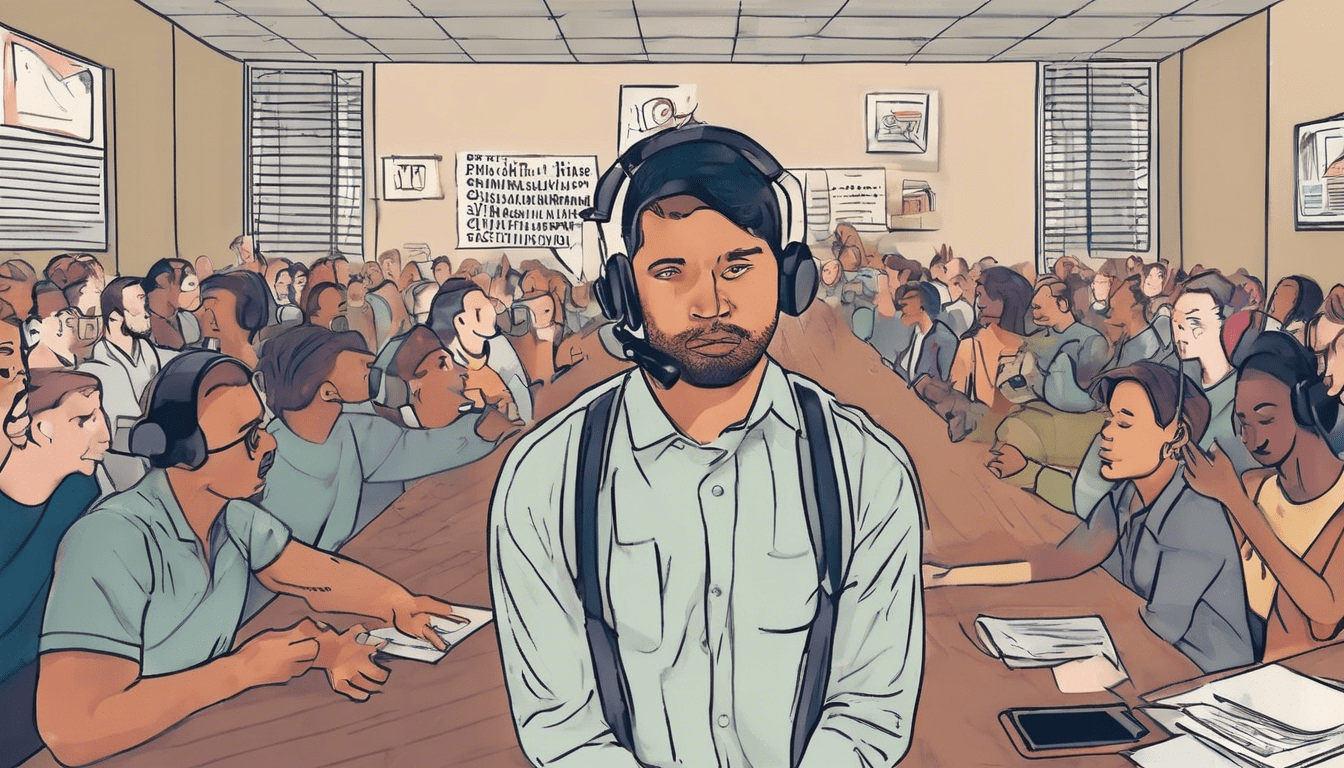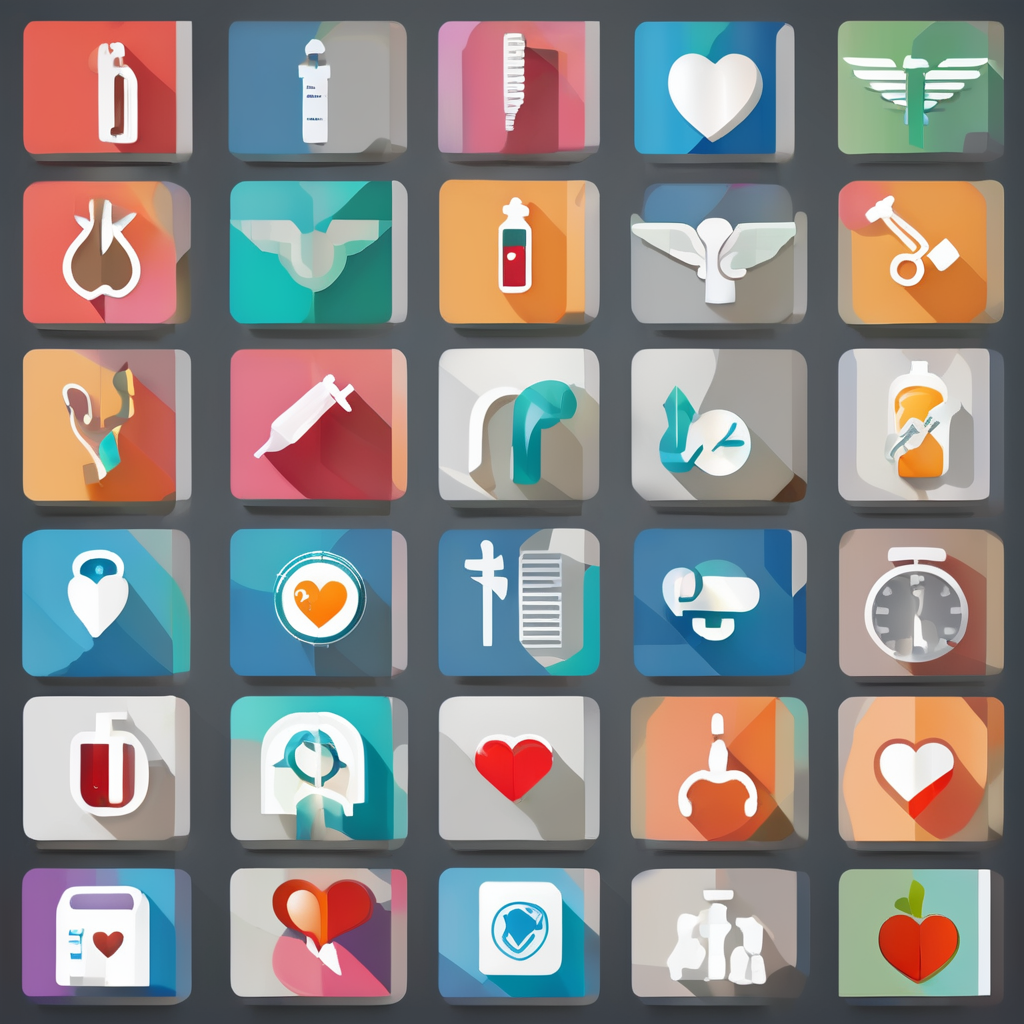Expert Health Information
Stay informed and make educated decisions about your well-being with our comprehensive resources.
Trusted News Updates
Stay up-to-date with the latest health news and happenings in the industry from our qualified professionals.
Introducing Learntsh
Your Go-To Health Resource
Welcome to Learntsh, the ultimate destination for comprehensive health information.

Empowering Individuals to Make Informed Health Decisions
General Aspects
At learntsh, we believe in the power of knowledge when it comes to making important health decisions. That’s why we provide reliable and up-to-date information for individuals of all ages.
Our Mission
To empower individuals to take charge of their health through education and resources.
Expert Articles
Explore our library of expert articles on a variety of health topics to help you make informed decisions.
News Updates
Stay on top of the latest health news and research to stay informed about your well-being.
Wellness Tips
We offer practical and actionable wellness tips to help you maintain a healthy lifestyle.
Articles, News Updates, and Wellness Tips
Promoting Well-Being
Discover expert articles, news updates, and wellness tips that can help you live a healthy and fulfilling life. Our team is dedicated to providing you with the latest information on health, disease prevention, pregnancy, and more.
Expert Advice for All Ages
From seniors to professionals, we have resources and information that can benefit individuals of all ages.
Disease Prevention
Stay updated on the latest disease prevention methods and strategies.
Pregnancy Support
Pregnancy can be an exciting and challenging journey.
Wellness for All
Take steps towards a healthier and happier life with our wellness tips and advice.
Informative Resources for Pregnancy and Weight Management
Find expert articles and tips to support you during pregnancy and maintain a healthy weight.
Pregnancy Support
Learn about proper nutrition and exercises to promote a healthy pregnancy for you and your baby.
Healthy Weight Management
Discover effective ways to maintain a healthy weight through proper diet and exercise.
Wellness for Mother and Baby
From prenatal care to postpartum support, find resources to ensure the health of both mother and baby.
Infographic Numbers Highlighting the Success and Impact of Our Services
List of Submitted Projects
Discover our impressive portfolio.
Project Title 1
Client: ABC Health & Wellness Spa
We are proud to have worked with ABC Health & Wellness Spa on their latest project.
Project Title 2
Client: XYZ Spa & Wellness
XYZ Spa & Wellness approached us to create a unique spa environment that promotes relaxation and rejuvenation.
Project Title 3
Client: DEF Health Spa
At DEF Health Spa, our team helped bring their vision of a holistic health and wellness center to life.
Ready to take charge of your health?
Empower yourself on your health journey with learntsh.
Click here for more information.
Recent Blog Posts
Stay up to date with the latest health news and tips from our experts.

Overcoming anxiety: your ultimate guide to effective management
Anxiety affects millions, often disrupting daily life with physical[…]

Discover comfort and care at rosewood care home Dartford
La maison de retraite Rosewood de Dartford propose des[…]

Discover the best osteopath in leicester for back pain solutions
If persistent back pain holds you back, finding the[…]
Revolutionizing at-home fetal heart monitoring: discovering the latest uk innovations in technology
Latest UK Innovations in At-Home Fetal Heart Monitoring Recent[…]
Designing a comfortable home workspace: key strategies to avoid carpal tunnel syndrome
Ergonomic Desk Setup Creating the ideal ergonomic desk setup[…]
Revolutionary breakthroughs in remote health monitoring for seniors: a new era of care
Latest Innovations in Remote Health Monitoring for Seniors Remote[…]
Ultimate handbook for expecting uk moms: developing a parental leave strategy with a preterm birth plan
Developing a Parental Leave Strategy Creating a comprehensive parental[…]
Design your personalized self-care plan: elevate mental wellness with proven strategies
Immediate steps to start your personalized self-care plan Starting[…]
Calming techniques for those in their 90s: finding peace and tranquility in your golden years
Essential Calming Techniques for Nonagenarians Understanding age-specific needs is[…]
Pioneering prenatal advances: uk geneticists at the forefront of rare genetic disorder detection
Recent Breakthroughs in Prenatal Genetic Testing In the rapidly[…]
Mastering motherhood: a british woman’s essential handbook for overcoming childbirth anxiety
Immediate steps for managing childbirth anxiety Taking practical steps[…]
Cultivating feelings: how performing arts shape emotional growth in kids
Understanding Emotional Growth in Children Through Performing Arts Performing[…]
Revitalize hip health: water aerobics to boost strength and flexibility for seniors
Essential benefits of water aerobics for senior hip health[…]
Exploring the Consequences: Long-Term Effects of Non-Steroidal Anti-Inflammatory Drugs (NSAIDs) on Health
Long-Term Health Effects of NSAID Use When investigating long-term[…]
Unlocking Cognitive Potential: How Learning a New Language Boosts Brain Health in Seniors
Unlocking Cognitive Potential: How Learning a New Language Boosts[…]
Unveiling the Impact: How Prolonged Exposure to Air Pollution Affects Cognitive Function
Unveiling the Impact: How Prolonged Exposure to Air Pollution[…]
Can daily oatmeal reduce cholesterol levels in uk adults over 40?
Health Benefits of Oatmeal Oatmeal stands out as a[…]
Discover tranquility: the ultimate meditation handbook for uk adults seeking stress relief
Overview of Meditation and Its Benefits Meditation is profoundly[…]
Navigating the Complexities of Multiple Sclerosis During Pregnancy: Key Challenges and Insights
Understanding Multiple Sclerosis and Pregnancy Navigating multiple sclerosis during[…]
Exploring the Link: How Oral Hygiene Impacts Heart Health and Cardiovascular Disease
Understanding the Correlation Between Oral Hygiene and Heart Health[…]
Boosting mental wellness: the positive impact of community sports on stress relief for uk adults
Understanding Mental Wellness and Stress Relief Maintaining mental wellness[…]

